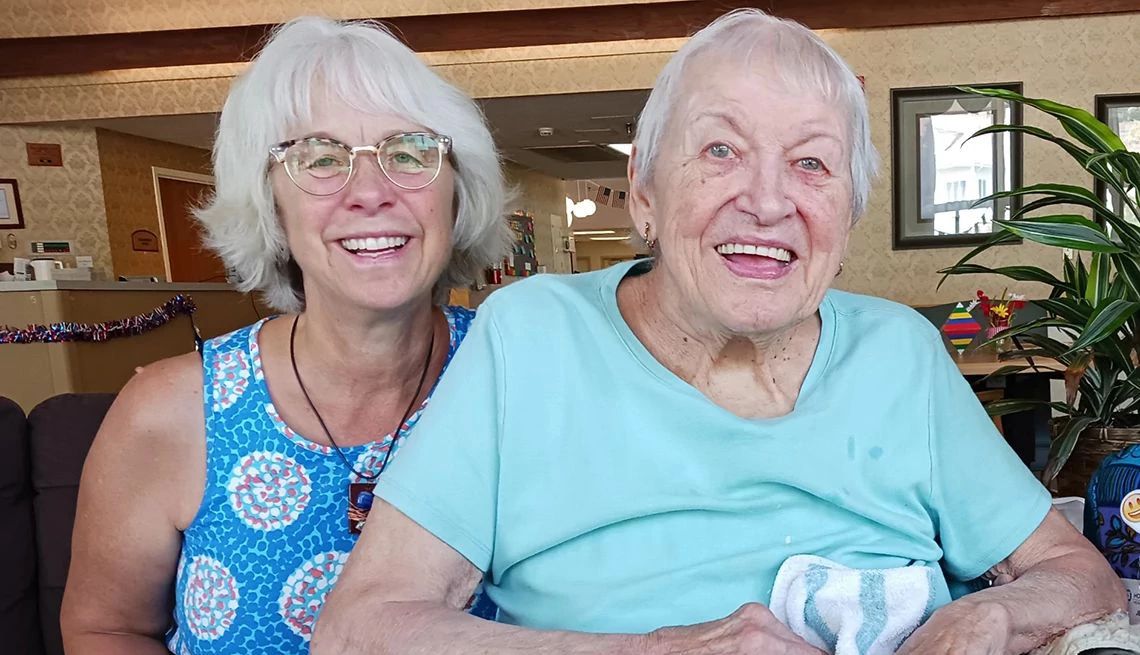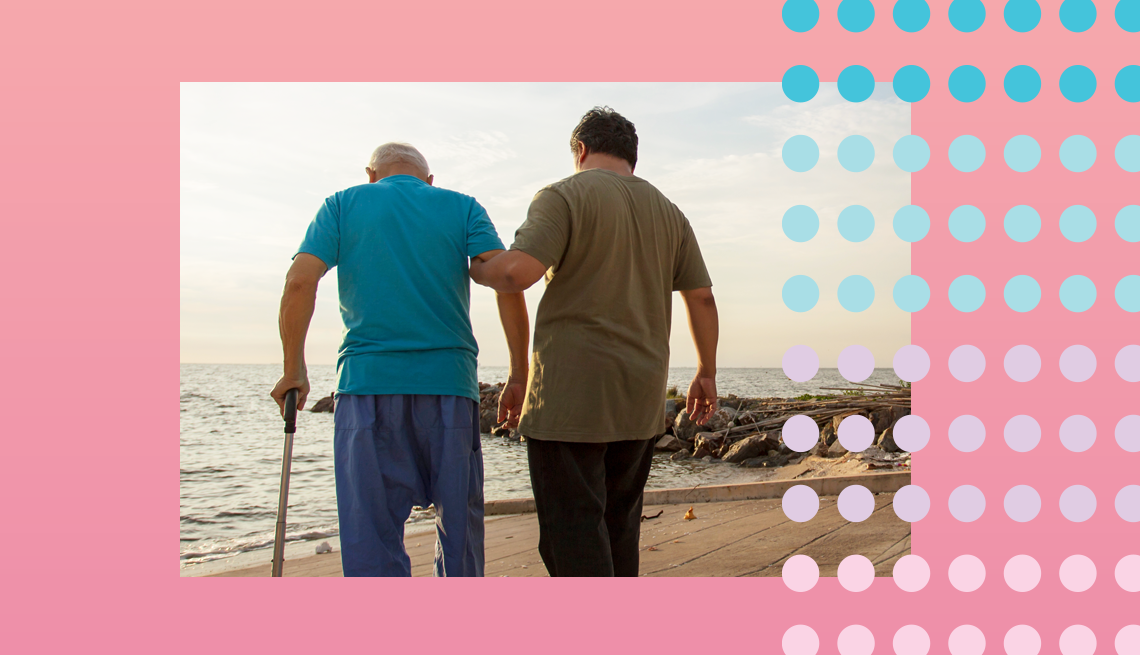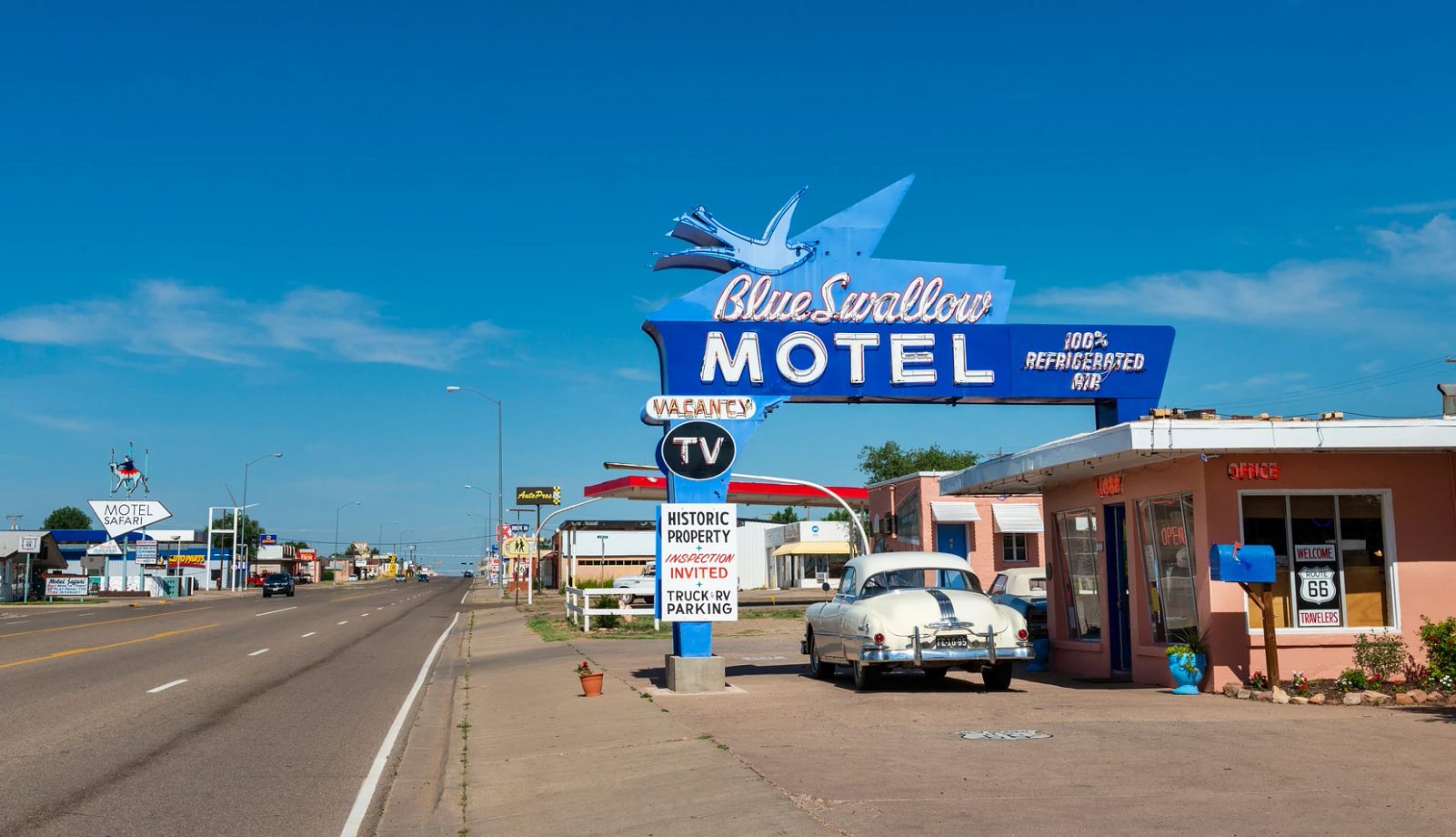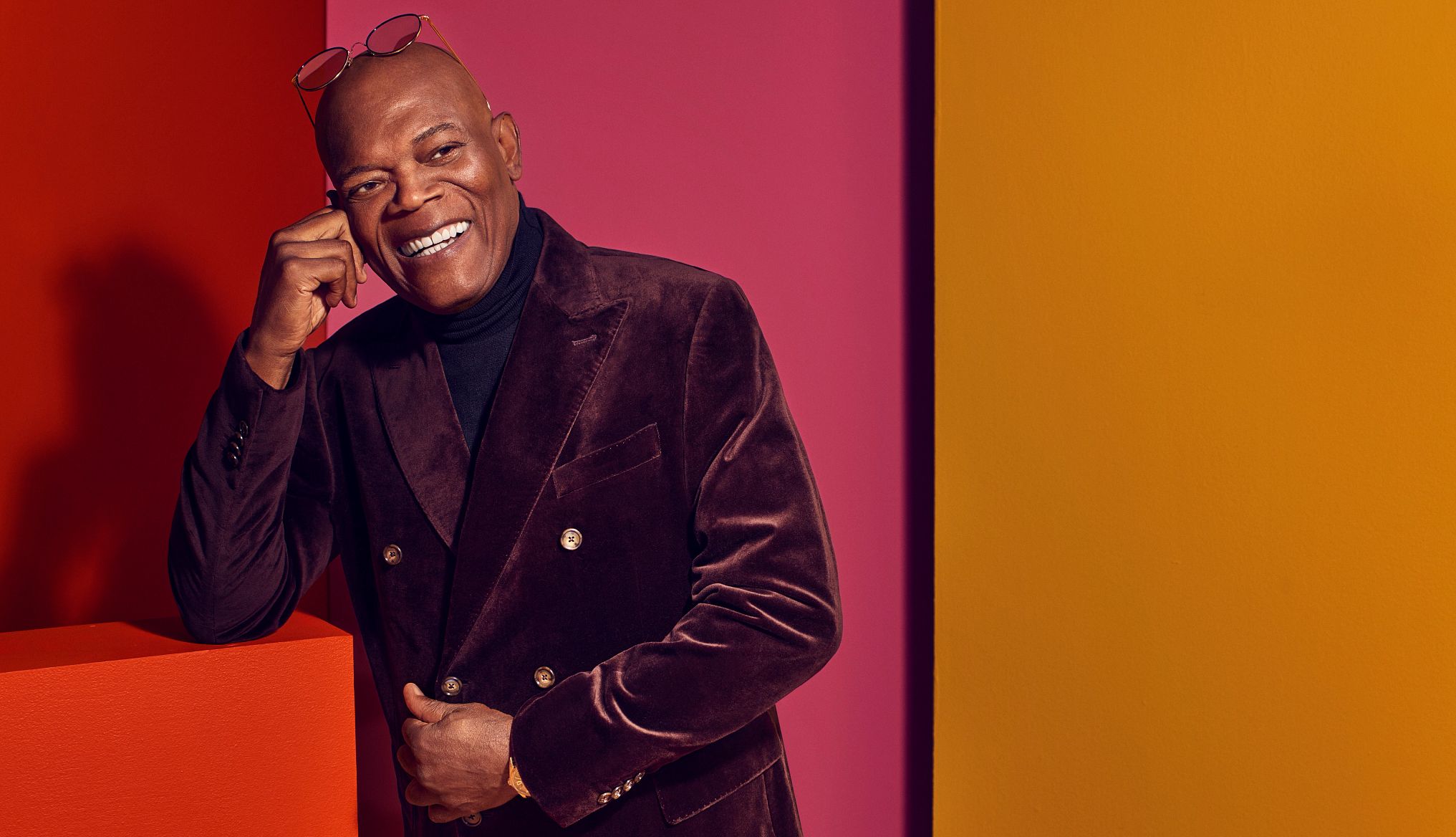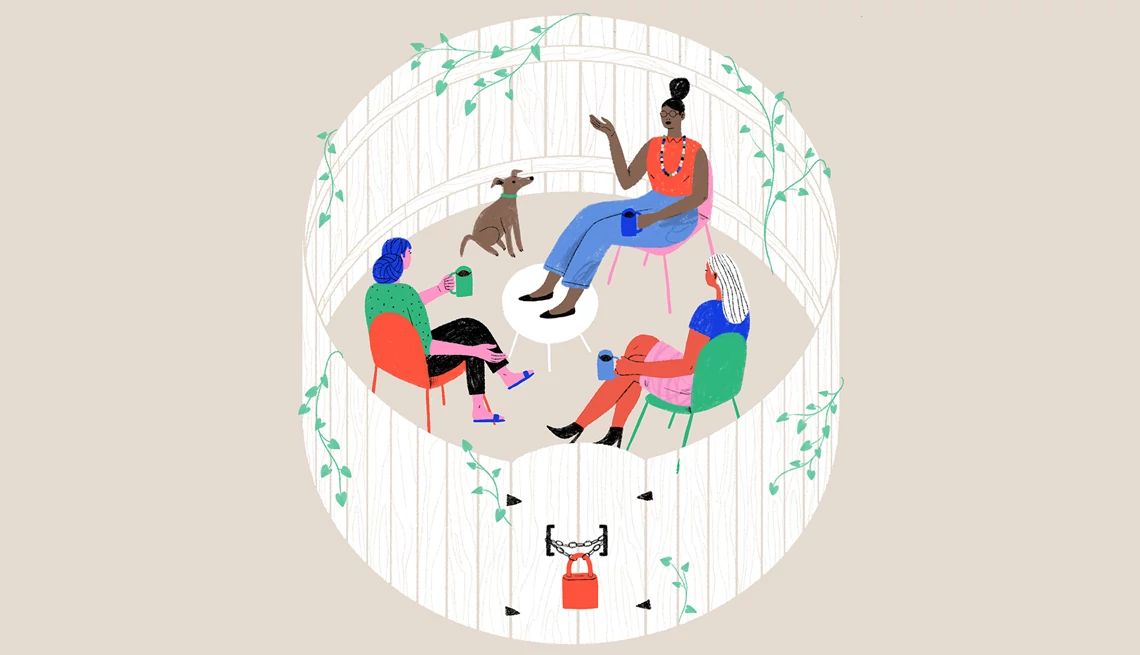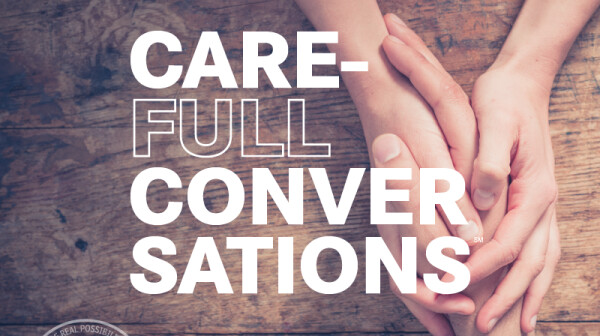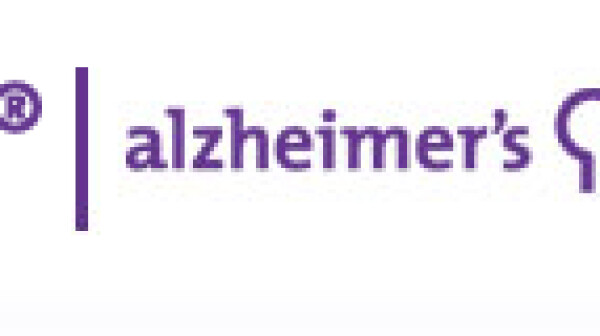AARP Eye Center
CLOSE ×
Search
Popular Searches
- right_container
- Health
- Money
- Work & Jobs
- Advocacy
- Social Security
- Medicare
- Caregiving
- Games
- Travel
- More...
- Entertainment & Style
- Family & Relationships
- Personal Tech
- Home & Living
- Auto
- Staying Sharp
- Podcasts
- Videos
For most people rooted in Western culture, it is difficult to ask for and receive help from other people. However, the reality is that we will all need help due to the challenges posed by aging and/or illness. So, how are we to overcome our resistance to assistance? Well, our friend the goose has much to teach us about giving and receiving care. Look to the skies. As geese fly in formation, they embody the essential ingredients of collaborative care: shared leadership, interdependence, self care, encouragement, and trusted relationships. This is not a “fly by night” approach to care! If we choose to emulate the collaborative flight of geese, all involved in the caregiving journey will be well served.
As professional or personal caregivers, we witness the suffering of others – physical, emotional, and spiritual suffering. To witness the pain and suffering of others is to be forever changed. Compassionate people bear the suffering of others and often times compromise their own health and well being when they assume too much of the burden. We must always be aware of where we end and the other person begins – the importance of boundaries. We can companion others in life, but we cannot assume the responsibility for another’s life. To do so puts us at risk of experiencing compassion fatigue, a risk for all who care.
Advance Directives—a topic that confuses or frightens most people. This is NOT something you want to consider. Medical care options and end-of-life decisions are emotionally charged and daunting, to say the least. However, if we reframe the conversation, maybe you will be more inclined to embrace the planning process. Instead of thinking about various death scenarios, consider the infinite options for LIFE! Planning for LIFE is a much more appealing and productive approach. How do you wish to LIVE until the end of the road? To ensure that your wishes become your reality, you must plan well.
Today, I want to chat about a philosophy and model of health care that offers tremendous hope to patients and families confronted by the daunting challenges of chronic and/or terminal illness—palliative care—an unfamiliar term for most folks. But you’ve probably heard of hospice care, right? Well, hospice is a specific type of palliative care. Now I realize the word “hospice” may have you reaching for the mute button. The idea of hospice - end of life care—is frightening to most people. But it’s vitally important for you and your family to understand what hospice has to offer. Then, you can make an informed decision instead of merely reacting out of fear. So find a cozy spot. Pour a cup of coffee. And RELAX. It’s time to chat!
Greetings one and all…
Today I want to chat about goals of care—the guide posts in the journey of caregiving that inform important decisions. Our goals of care serve as a much needed compass when navigating the challenges posed by advanced age or a serious illness. So pull up a chair. Grab a drink…..Let’s chat for a bit!
Join two live webinars to find out how to identify and react to changes in your loved one’s behavior
Have you ever considered where you will age? Or, perhaps a more appropriate question is—Where ARE you aging? And, is your current home conducive to the aging process? Well, depending on your age and lived experience, you may or may not have considered these questions before. Regardless, these are important questions which have a direct bearing on not only where you will age….but how well you will age.
With the holiday season behind us, it isn’t surprising that family members start to recognize the first signs of developing Alzheimer’s disease or dementia in a loved one.
Greetings one and all…
Search AARP Colorado
Connecting you to what matters most, like neighbors do. Find events, volunteer opportunities and more near you.
Sign Up & Stay Connected



















